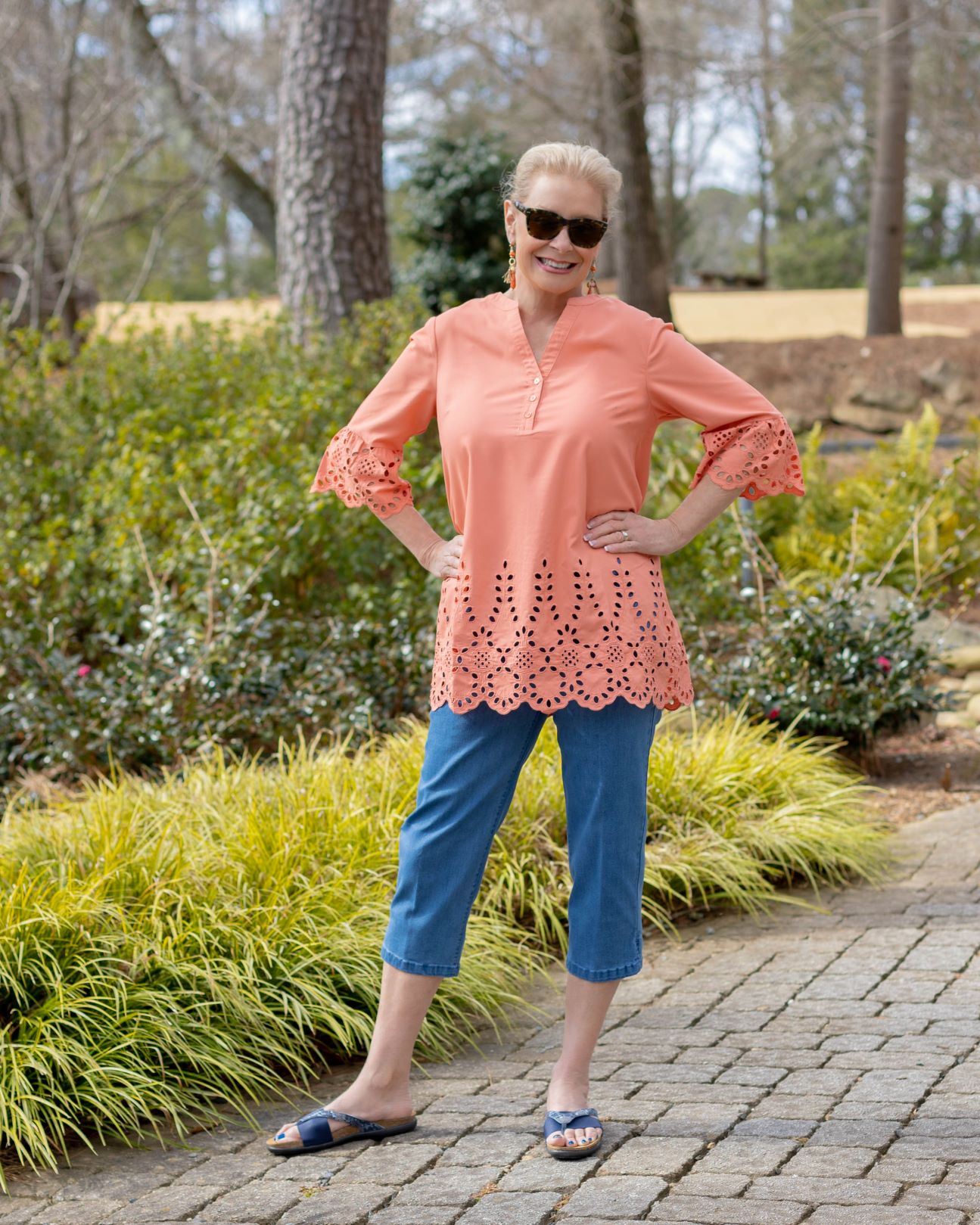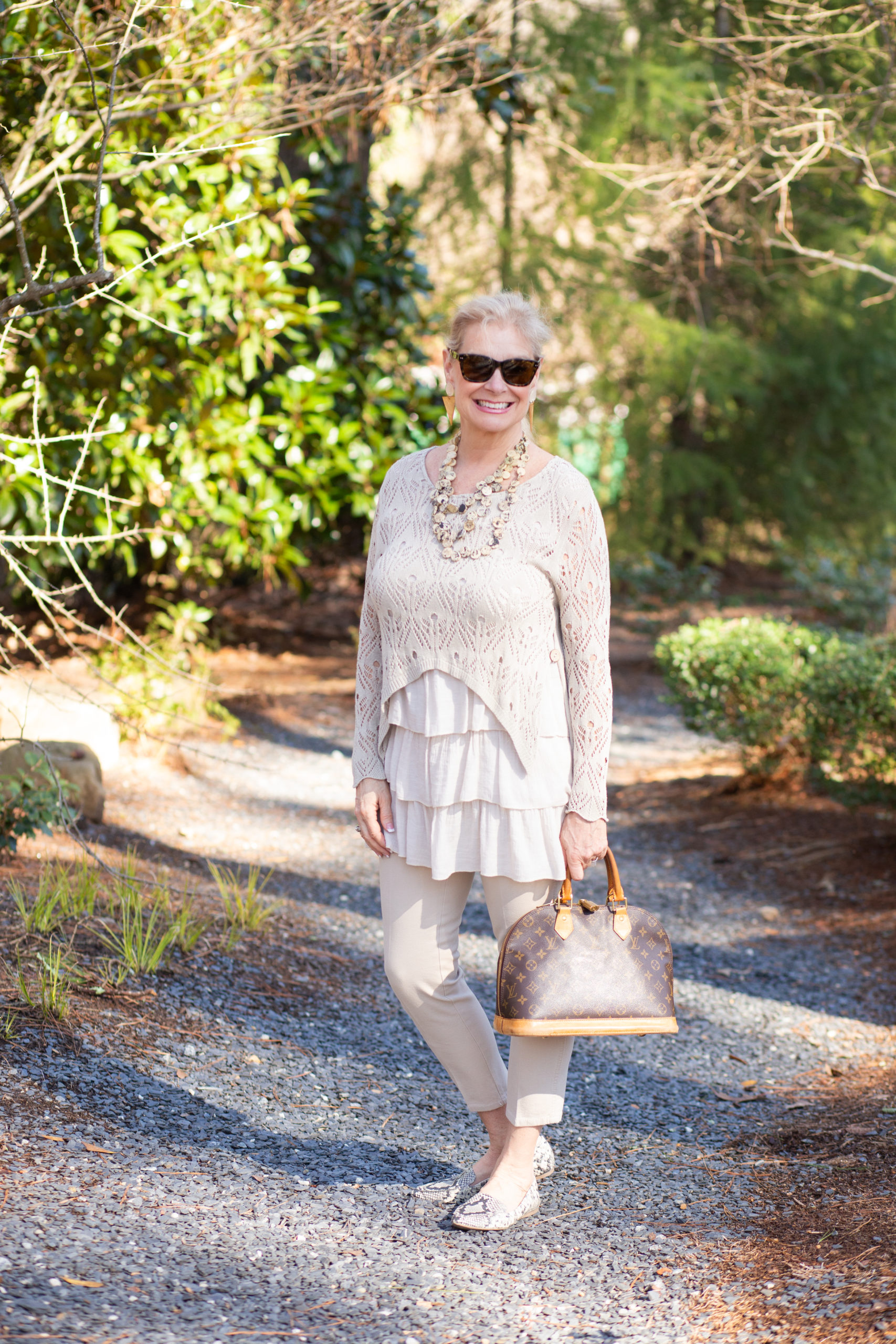How to Build a Sustainable Wardrobe

Sustainability is growing in popularity among many consumers. However, it still has a long way to go as a fashion movement. Stockholm Resilience Centre explains that at our current rate, the fashion industry is set to use a quarter of the world’s remaining global carbon budget to keep warming under 2C by 2050. That’s because fast fashion is accelerating even more and could eventually be replaced by ultra-fast fashion. We all need to work together if we are to mitigate its negative effects.
Thankfully, you can do your part by building a sustainable wardrobe to limit resource use and consumption and expand the slow fashion movement. Here are a few tips to get you started.
Learn Different Ways to Style

A common justification for patronizing fast fashion is not having enough clothes to wear. Chances are, however, that you simply are not maximizing the clothes in your wardrobe! My previous article discusses how one olive green dress can be styled in three different ways through accessorizing it with different footwear or jewelry to suit multiple occasions.
Organize your closet and sort out what you already have. Try exploring new color or texture combinations with your clothes. Don’t be afraid to experiment with different styles. If you need more help finding your style, you can always ask a trusted friend for their input. The keys to looking comfortable and attractive might already be in your own wardrobe!
Set a budget for your Sustainable Wardrobe
We tend to buy mindlessly when clothes shopping — especially when prices are disproportionately low. This can lead us to buy more than we need or to buy clothes that we end up regretting and never wearing.
Review your closet and determine what specific articles of clothing you actually need. This will help you create a list for your next shopping trip. Budgeting is important when building a sustainable closet because it helps you stick to your list and become more mindful of what you’re buying. With a budget, you’ll learn to prioritize clothes you with longer lifespans, in order to decrease their cost per wear.
Prioritize longevity

Fast fashion takes advantage of planned obsolescence, where clothing articles are designed to fall apart fast in order to encourage buyers to shop more. You can avoid this by choosing clothes that use quality and durable fabric, like organic linen and hemp, rather than polyester. Polyester is manufactured from crude oil and is currently found in 60% of manufactured clothing because of its cheaper cost.
Otherwise, there are tips to maximize the lifespan of your clothes, such as using cold water for the minimal times you have to do laundry. This prevents heat from stretching out the material, causing the color to bleed. Simultaneously, using cold water helps reduce emissions from a standard washing machine.
Opt for classics

With the global rise in ‘fast fashion’, fashion stores can advertise up to 24 micro-seasons per year according to 2022 research in Crime, Law and Social Change. Chasing after each trend means being left with a bunch of clothing that is no longer in fashion after a few weeks.
Plan long-term by opting for wardrobe basics like clean button-ups and classic jeans. These deliver maximum style with minimal effort and can be mixed and matched in various combinations to create an endlessly sustainable wardrobe.
These tips make building a sustainable wardrobe that will benefit your finances, fashion sense, and even the environment much easier. Make time to check your wardrobe today, so you can start prioritizing sustainability as soon as possible.
Wondering what I’m wearing? This outfit is from Saint and Sofia. A company that practices sustainability in fashion.
Do you shop your closet before you shop? I have so many pieces that are over 10 years old that I wear again and again.
Until next time!






